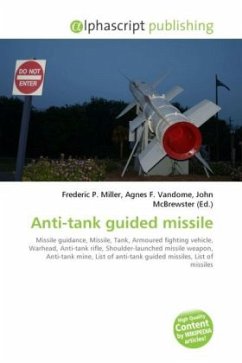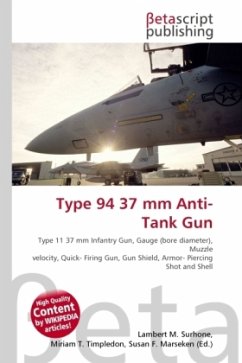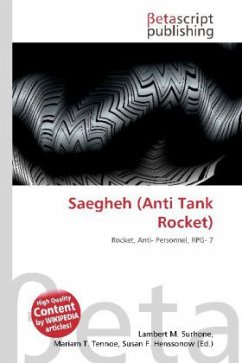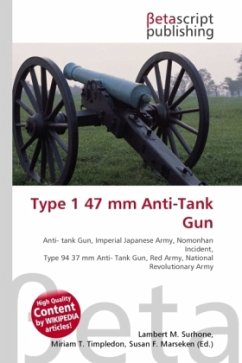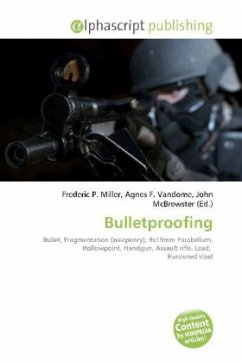Anti-tank refers to any method of combating military armored fighting vehicles, notably tanks. The most common anti-tank systems include artillery with a high muzzle velocity, missiles (such as wire-guided HEAT), various autocannons firing penetrating ammunition, and anti-tank mines. In the area of anti-tank warfare, three terms are often used: "mobility kill", "firepower kill", and "catastrophic kill". In a mobility kill (M-kill), the vehicle loses its ability to move, for example, by breaking a tank track; the target is then immobile but may retain full use of its weapons and still be able to fight to some extent. A firepower kill (F-kill) is some loss of the vehicle's ability to fire its weapons. M-kills and F-kills may be complete or partial, the latter corresponding to reductions in a target's ability to move or fire. A catastrophic kill (K-kill) removes the tank's ability to fight completely; this may entail complete destruction of the tank or disabling the weapon system(s)or crew.
Bitte wählen Sie Ihr Anliegen aus.
Rechnungen
Retourenschein anfordern
Bestellstatus
Storno


